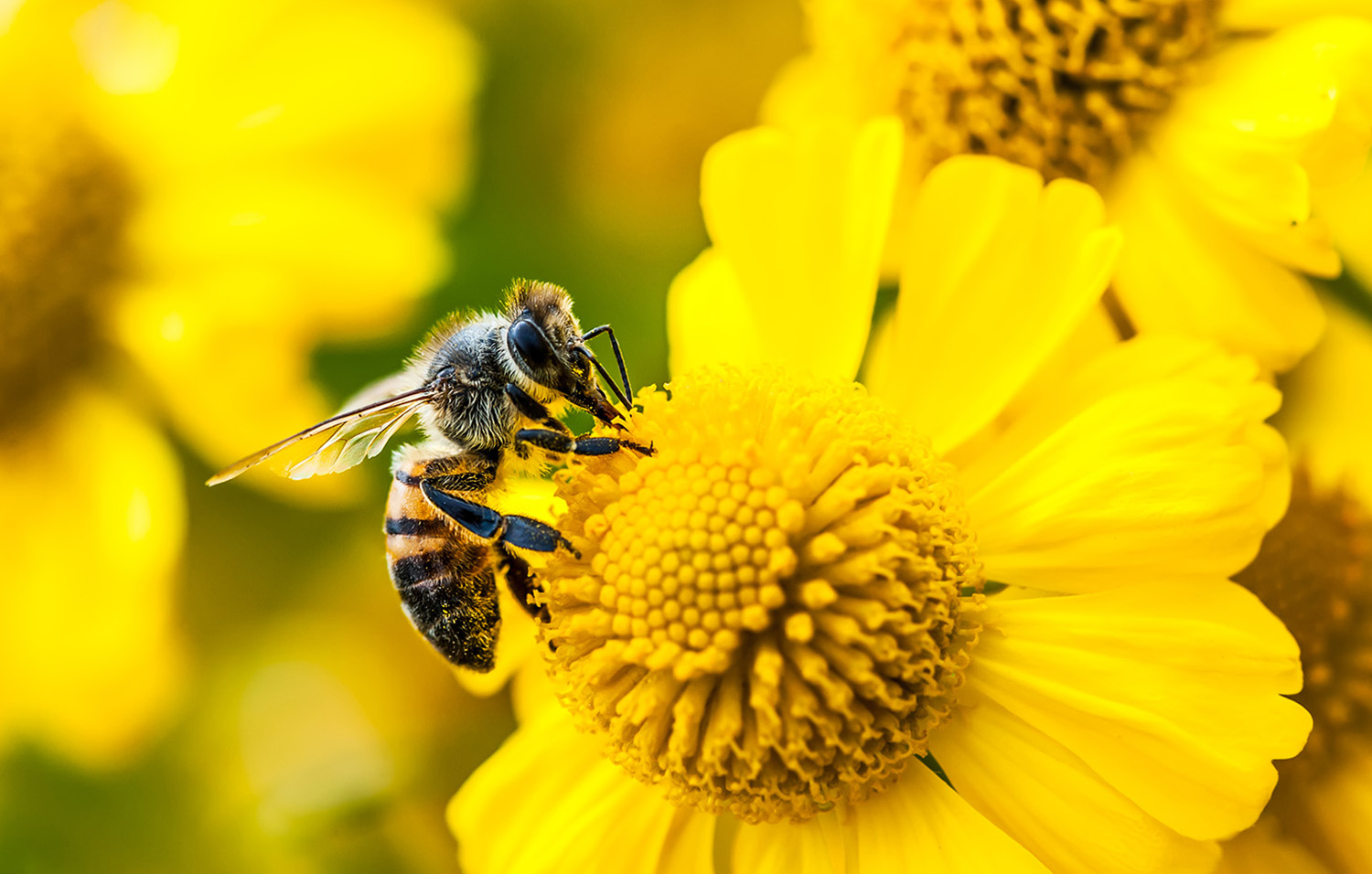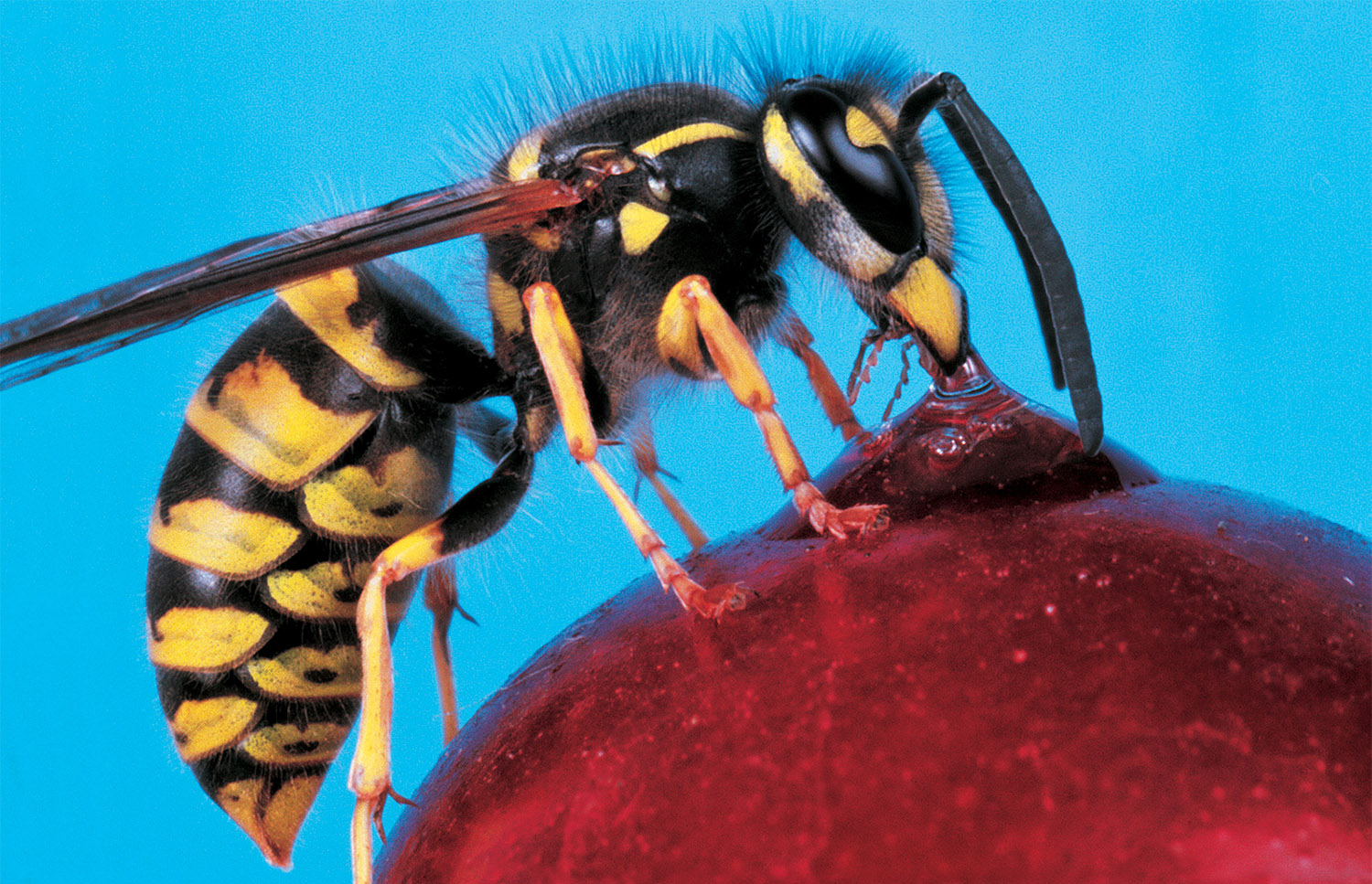Tracking Bees’ Trips
Scientists glued QR codes to bees to keep track of them and learned some surprising things.

© Darios/stock.adobe.com
A honeybee hive (not the one used in the study) is seen here.
What’s life like for a honeybee? Scientists glued QR codes to the backs of more than 32,000 bees and learned a few surprising things.
A QR code stores data that can be accessed when the code is scanned. The bees’ tiny QR codes couldn’t hold much more information than a number indicating each bee’s identity—but that was enough.
Entomologists (insect experts), biologists, and engineers from Pennsylvania State University used the codes to find out how far worker bees would travel to find nectar. As each bee left and then reentered the hive, a camera scanned the code to determine the bee’s identity and record the time.
Scientists learned that, while a few bees leave the hive for up to two hours, most don’t spend much more than about five minutes on each trip.
“For now, what we can see is a lot of the trips are very short,” scientist Robyn Underwood told CBS News. “[The bees are] gone less than five minutes because they’re very efficient. They go to the flowers, they fill up, they come back, they want to empty out right away, go back and forth. That’s how bees work. They are like, you know, busy as a bee.”
This finding also suggests that bees don’t travel very far from the hive.
Researchers say the discovery could help beekeepers. Currently, U.S. law states that organic beekeepers must put their hives in places that are free of pesticides within a 3.1-mile (5-kilometer) radius. Since pesticide use is common, it’s hard to find such places. But if bees don’t travel far, then maybe the law doesn’t need to be so strict.
“Pretty much in the continental U.S., you cannot be certified organic beekeepers. Because the amount of land area that is currently in the suggested regulations is so enormous,” Underwood said.
Scientists know that honeybees do what they call “waggle dances,” which are body movements that tell the other bees where nectar can be found. The scientists plan to compare the data about time spent away from the hive with their observations of waggle dances to see if they match. They also want to track the movements of the other members of the colony—the queen and the drones (the male bees in the hive).



